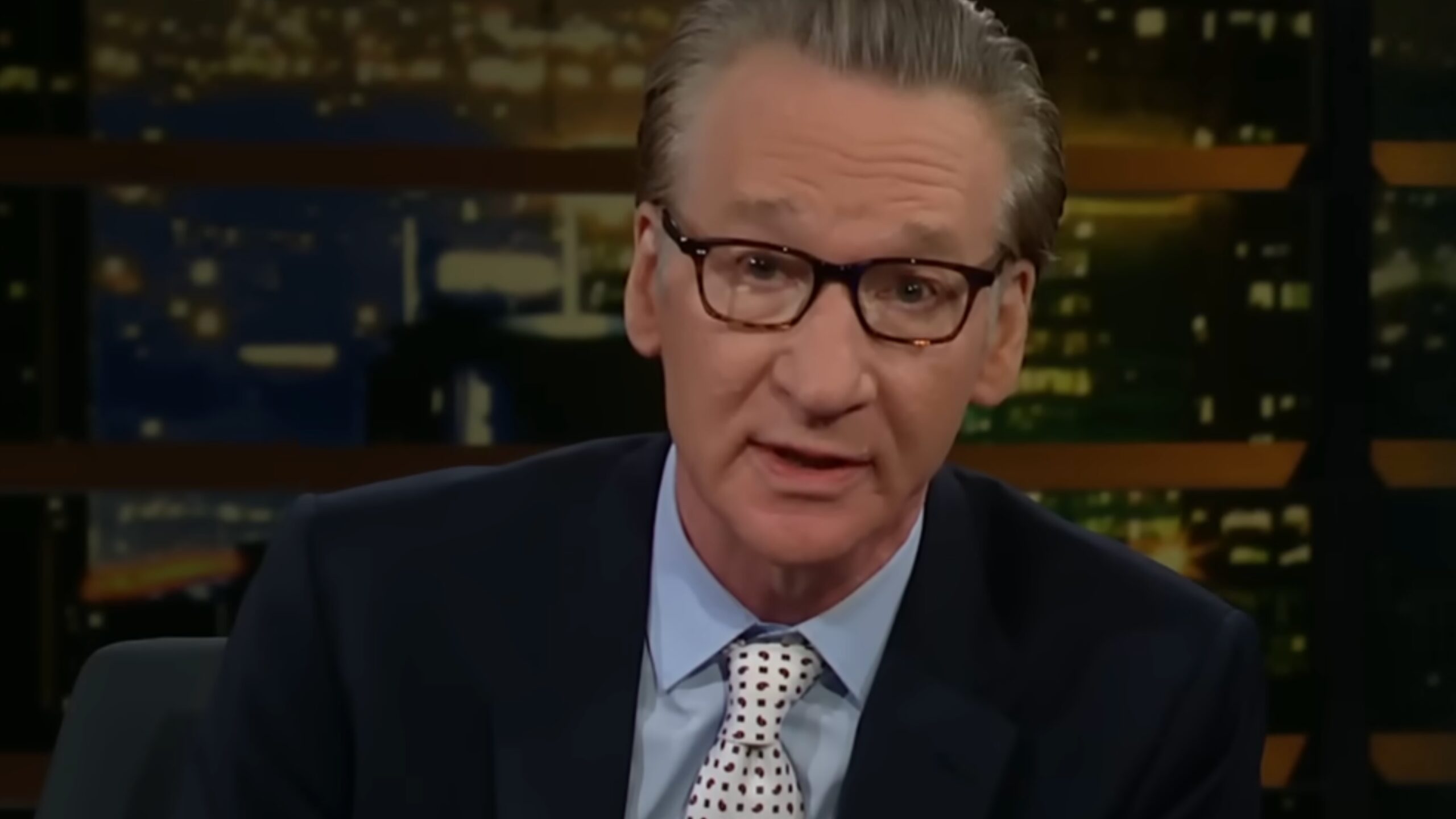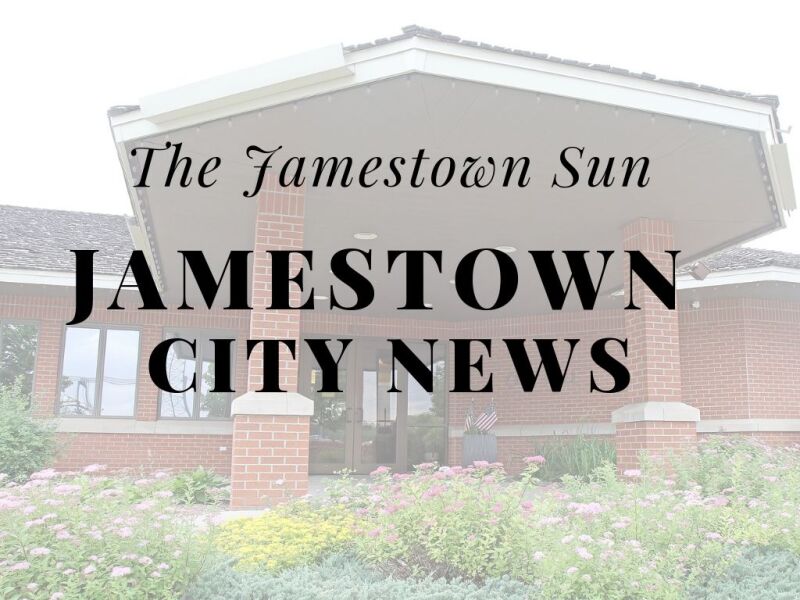UPDATE: Bill Maher has issued a stark warning regarding President Donald Trump’s ambitious $300 million renovation of the White House, stating it symbolizes an intention for Trump to remain in power. During an episode of HBO’s Real Time on October 24, 2025, Maher condemned the construction of a new state ballroom as a potential indicator of Trump’s refusal to depart the presidency.
In a segment that has since gone viral, Maher described the project as less of an upgrade and more of a personal monument, suggesting that the overwhelming scale of the renovation is a clear message that Trump is not planning to leave the White House willingly. “Who puts in a giant ballroom if you’re leaving?” Maher argued, emphasizing the troubling implications of such a grandiose project.
The renovation, which skyrocketed from an initial estimate of $200 million to approximately $300 million, has raised eyebrows across the political spectrum. Critics are questioning the speed of the demolition of the East Wing, a part of the White House complex with over a century of history, and the absence of public consultation typically required for changes to federally protected properties.
Maher’s remarks have sparked a heated debate about the ethics of private funding for such a significant project, with a list of donors including major technology firms and defense contractors, further intensifying scrutiny over potential conflicts of interest. While the White House asserts that private donations relieve taxpayers of costs, critics argue that this arrangement sets a dangerous precedent for governance.
BREAKING: The ballroom project has emerged as a focal point in discussions surrounding transparency and the preservation of national symbols. Lawmakers from both parties are raising concerns regarding the implications of private funding in altering a landmark like the White House. As Maher pointed out, the situation transcends mere architecture; it is a message about the future of American democracy.
Legal scholars and preservationists are also voicing alarm, noting that the lack of customary notice to federal preservation bodies before demolishing a historic wing raises serious constitutional and regulatory questions. The rapid progress of the renovations has left many wondering about the long-term impact on institutional norms and public trust.
As the debate unfolds, Maher’s commentary resonates deeply, linking the physical act of construction to potential risks for democracy. The discourse surrounding the ballroom project is not just about aesthetics; it touches on fundamental issues of power, influence, and the very fabric of American governance.
As the situation develops, observers are urged to watch closely for further updates and implications of this controversial renovation. The discussion surrounding Trump’s White House ballroom is rapidly evolving and is poised to impact American politics significantly.







